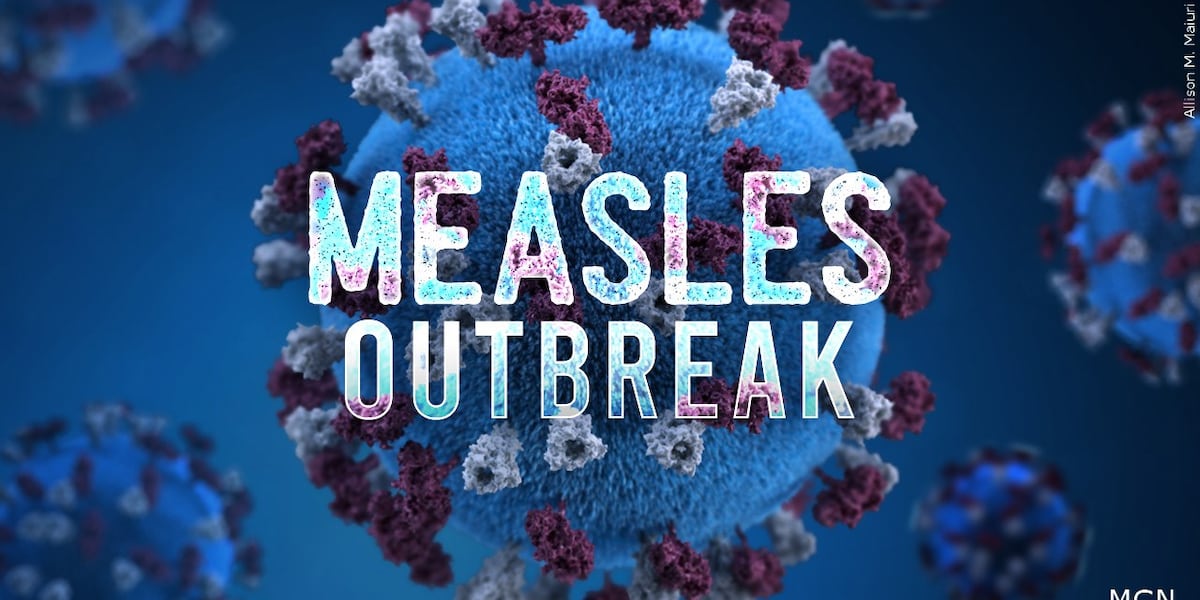Measles Outbreak Mystery: Texas Claims Low Numbers, Lubbock Health Officials Cry Foul

In a recent health update, authorities reported a staggering 561 confirmed measles cases, sparking concern among public health officials. However, there's a glimmer of hope: the Department of Health and Human Services estimates that fewer than 25 of these cases remain actively infectious.
But before breathing a sigh of relief, experts caution against premature optimism. The declining number of infectious cases doesn't necessarily mean the outbreak is over or that the risk has completely disappeared. Public health officials continue to urge vigilance, emphasizing the importance of vaccination and careful monitoring.
While the numbers show progress, communities are still advised to remain alert and take necessary precautions to prevent further spread of the highly contagious disease. Continued awareness and proactive health measures remain crucial in managing this ongoing public health challenge.
